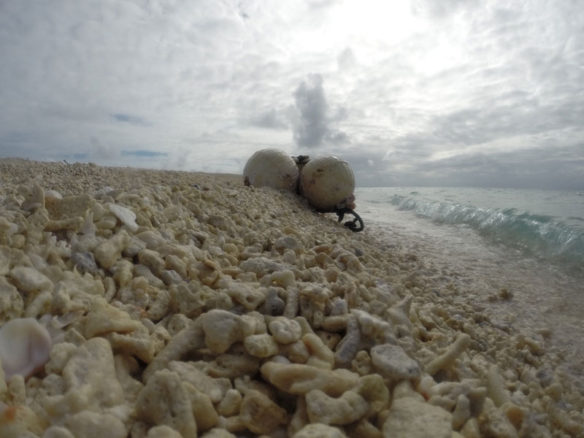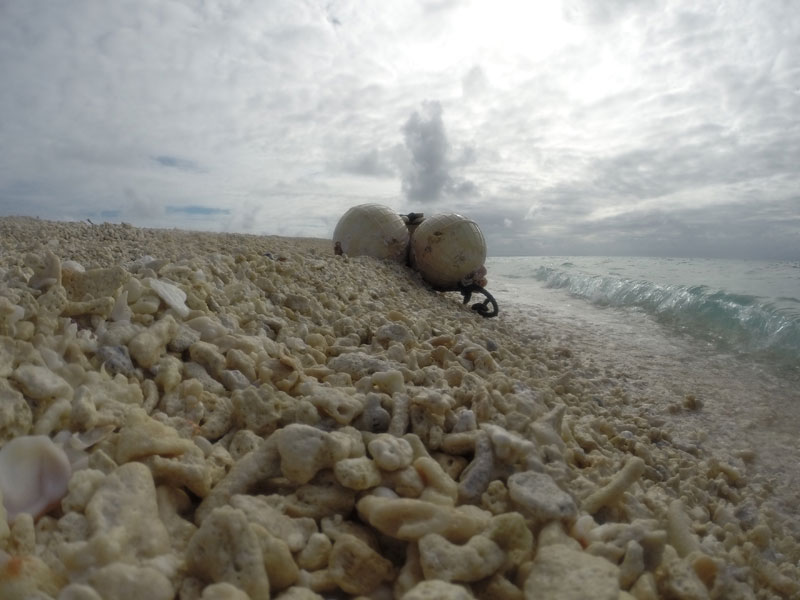
Plastic pollution. Photograph: © SAF — Coastal Care.
“The unprecedented plastic waste tide plaguing our oceans and shores, can become as limited as our chosen relationship with plastics, which involves a dramatic behavioral change on our part…”
— Claire Le Guern, author of “When The Mermaids Cry: The Great Plastic Tide” ©.
Excerpts;
In Amsterdam, the Great Bubble Barrier is a simple solution to plastic pollution: creating an invisible barrier that helps collect the trash that ends up in the water…
Read Full Article, FastCompany (01-22-2020)
Engineers build vacuum to clean microplastics in sand; BBC News (06-19-2019)
Hawaii’s Kamilo Beach (AKA “Trash Beach”) received a trial cleaning from the Hoola One. The machine was designed by a group of engineers from the University of Sherbrooke in Quebec, Canada…
Ocean cleanup device successfully collects plastic for first time; Guardian UK (10-03-2019)
A huge floating device designed by Dutch scientists to clean up an island of rubbish in the Pacific Ocean that is three times the size of France has successfully picked up plastic from the high seas for the first time…
Beach cleanups are missing millions of pieces of plastic; National Geographic (05-16-2019)
In the last decade, beach cleanups have grown into a global phenomenon, with volunteers gathering at regular intervals for the Sisyphean task of cleaning up plastic trash. Now, a new research suggests that beach cleanups can inadvertently mask the full scale of plastic pollution, much of which lies below the sand’s surface…
Plastic pollution: When The Mermaids Cry: The Great Plastic Tide, Coastal Care – ©2009
” Plastic is versatile, lightweight, flexible, moisture resistant, strong, and relatively inexpensive. Those are the attractive qualities that lead us, around the world, to such a voracious appetite and over-consumption of plastic goods. However, durable and very slow to degrade, plastic materials that are used in the production of so many products all, ultimately, become waste with staying power. Our tremendous attraction to plastic, coupled with an undeniable behavioral propensity of increasingly over-consuming, discarding, littering and thus polluting, has become a combination of lethal nature…
The unprecedented plastic waste tide plaguing our oceans and shores, can become as limited as our chosen relationship with plastics, which involves a dramatic behavioral change on our part…”









